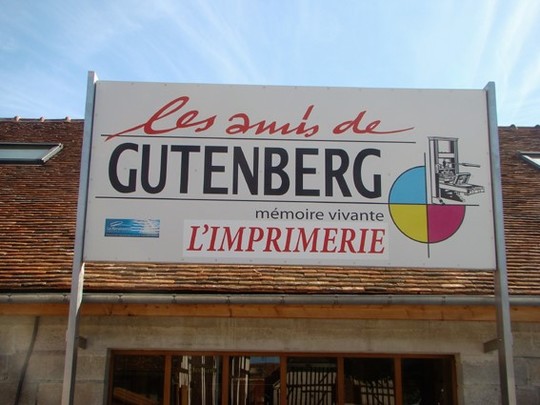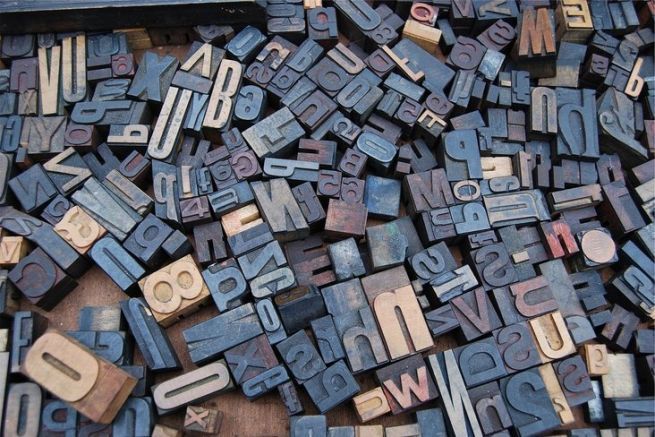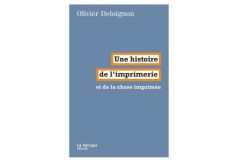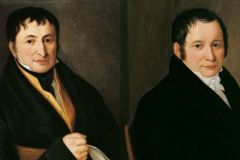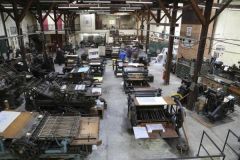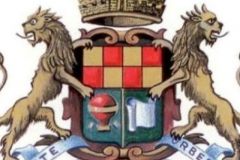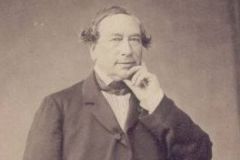"There is the gestural memory, explains Christian Davron of the association Les Amis de Gutenberg. During the visits to the printing museum-workshop in Charmont-sous-Barbuise in the Aube region (10), one discovers the world of printing and its history, and in particular that of the Freinet method.
At the beginning of the 20 e in the 19th century, Célestin Frenet was a teacher in the village of Bar-sur-Loup, near Grasse. Noting that children had more or less difficulty learning, he developed a method of assimilation through gestures, thanks to letterpress printing.
"The children composed their letters and sentences. With a compositor per line they made texts and then printed their magazines on small presses of the time" explains Christian Davron. Children as young as five years old printed their essays, homework, or their impressions after a walk.
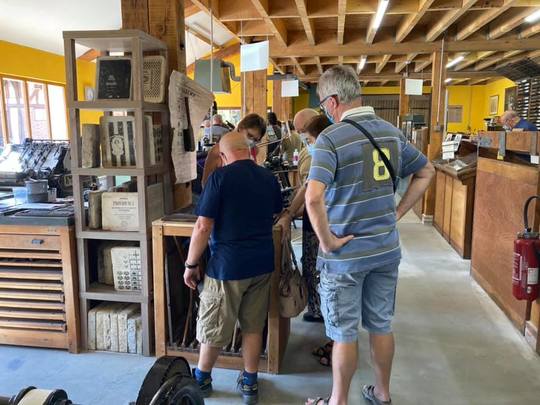
Museum of Charmont in Aube.
In an article entitled "Education through Typography" in the newspaper L'Eclaireur de Nice et du Sud-Est on July 6, 1926, Célestin Frenet explained to a journalist who came to interview him the origin of his approach.
"I like to take my kids for walks, we observe together the people and things we meet on the way; then, once back at school, we have to crystallize these successive impressions in the form of an essay. In the past, we wrote our story on the blackboard. Obviously, this taught the children handwriting, but left no really strong and lasting impression in their little brains.»
So Frenet's idea is to go from blackboard to print. And according to his testimony, the result is amazing!
"It's unbelievable! The youngest, the five year olds, take to it with as much ease as their elders. In a very short time, they are doing it with amazing ease. And now, don't think that their printing work disgusts them or turns them away from regular teaching. On the contrary, they themselves ask me to work on their math, their history.»
The story takes place in 1926. Célestin Frenet is a young teacher of twenty-nine years old, wounded in the war, who conducts his first educational experiments. A few years later, he would become a world-renowned pedagogue whose methods are still used today.
